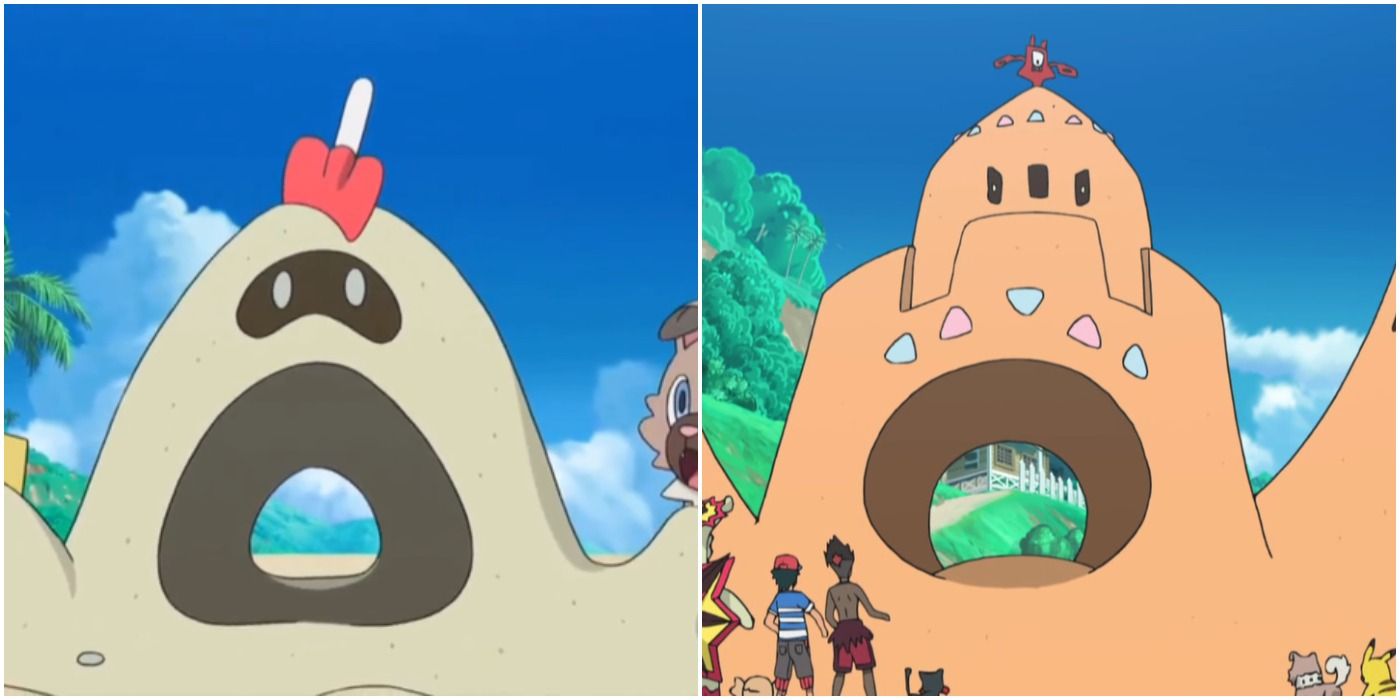
While there have been many Pokemon over the years that have flown under the radar or gone entirely forgotten by the wider fanbase, none are as forgettable as those that are modeled after inanimate objects. The likes of Klefki, Garbodor, and even generation one Pokemon like Voltorb and Magemite are often forgotten by players, but one Pokemon introduced in Sun & Moon is even more forgettable: Sandygast.
Related: Pokemon: 10 Kanto Locations That Show Up In The Anime But Not The Games
Despite its fairly interesting design, decent stats, and its fairly unique typing, only being shared with the Golett and Galarian Yamask lines, Sandygast and its evolution, Palossand, aren't generally the first Pokemon that comes to mind when players think of bulky Ghost-types. However, Sandygast does have quite a lot going for it and shouldn't be ignored just because it looks a little weird.
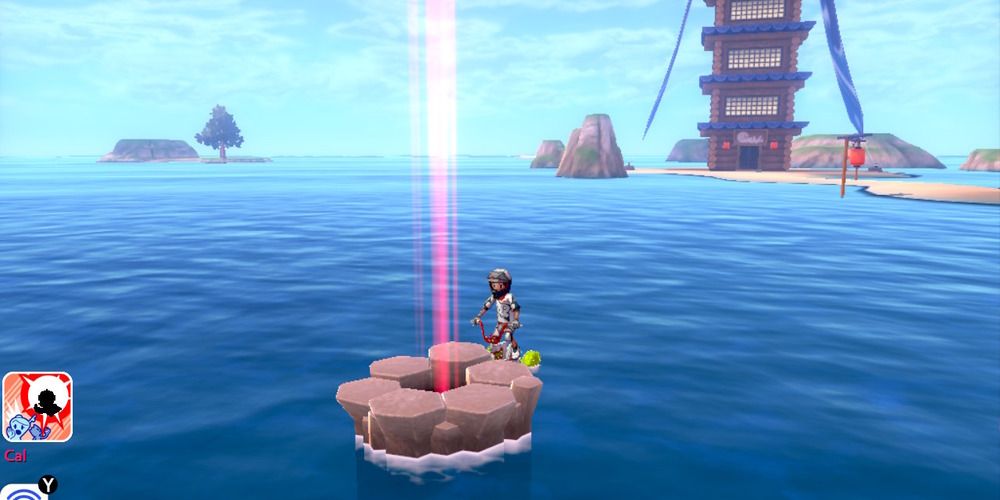
Since Galar isn't exactly known for its sandy beaches, it makes sense that Sandygast wouldn't appear in the base Sword & Shield games. However, it did make a return in the Isle of Armor DLC, found in the Loop Lagoon area of the map alongside Palossand, as well as being found in Raid Dens in Challenge Beach, Stepping Stone Sea, and Courageous Cavern. If players also have the Crown Tundra expansion, Palossand can be found in Dynamax Adventures as both an encounter and as a rental option, having a fairly decent moveset of Terrain Pulse, Scorching Sands, Shore Up, and Shadow Ball.
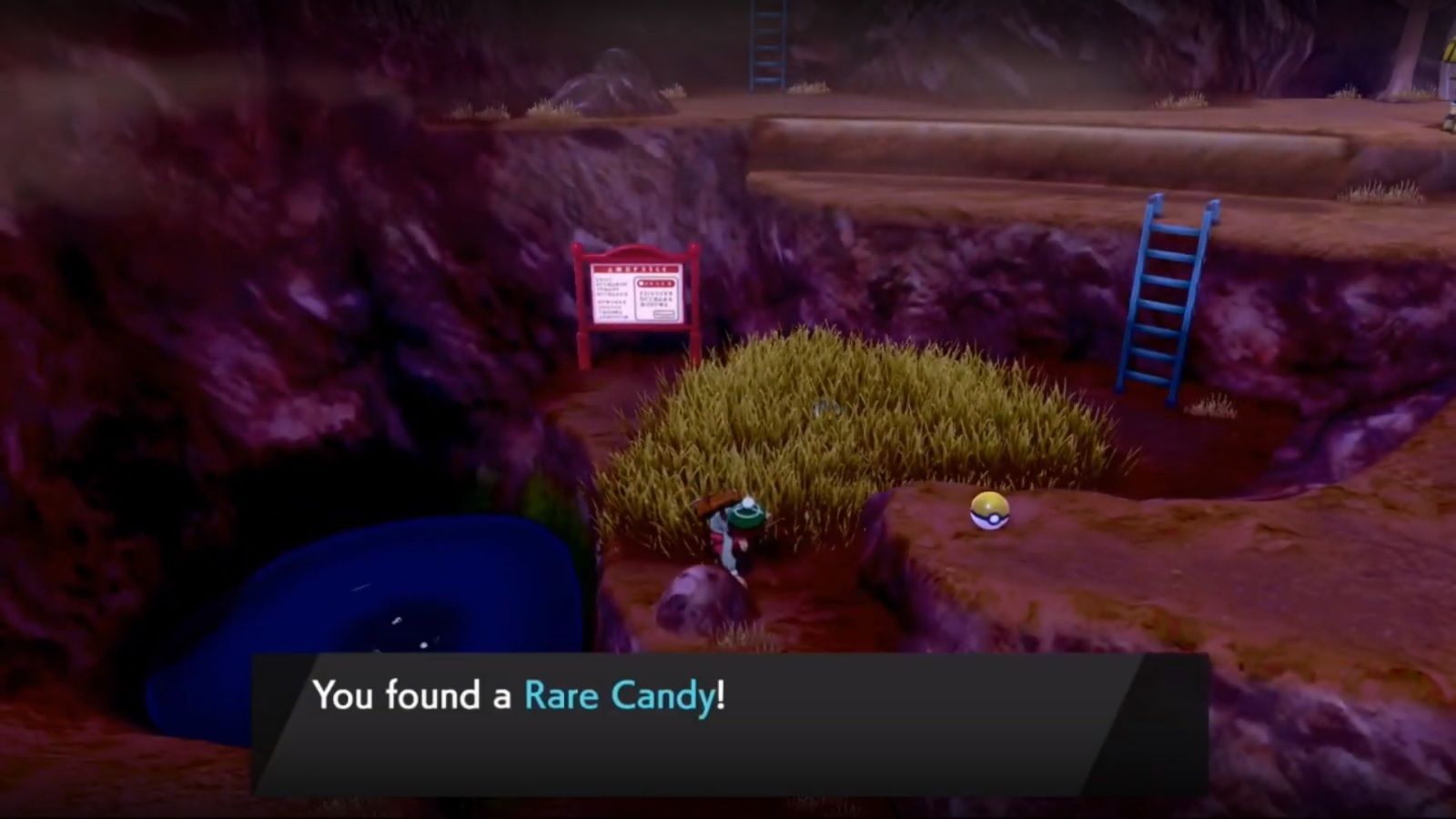
Although Sandygast isn't an overly powerful Pokemon, it evolves quite late in the game at level 42 and beyond. By this point, Sandygast would have learned the majority of its level-up moves, with only Shadow Ball, Earth Power, Shore Up, and Sandstorm left to learn. Unfortunately, these moves are also some of the best that it can learn and might be worth putting off evolving Sandygast until it has learned a few more attacks.
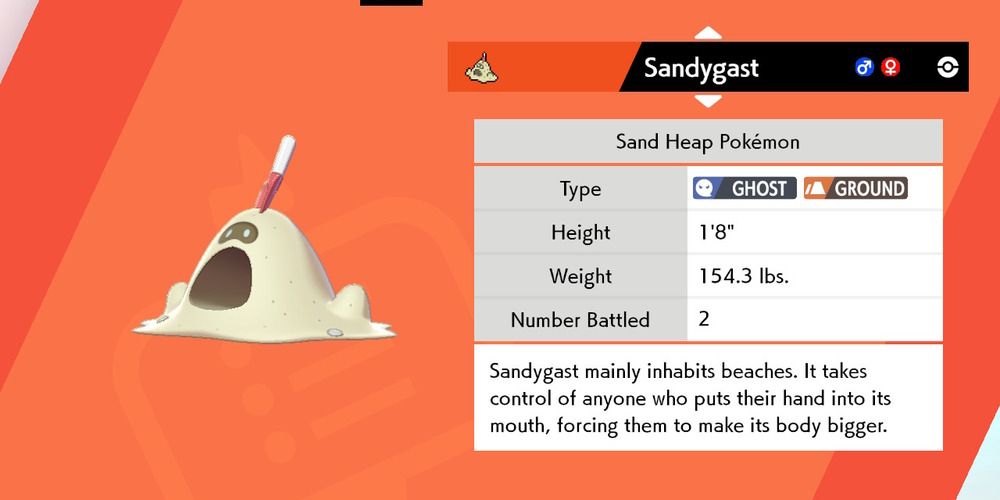
Game Freak and The Pokemon Company used to have no issue with giving their creatures some truly horrific backstories, such as Hypno and Drifloon kidnapping children and Abra being the result of a mutated child with extreme psychic powers. While Sandygast isn't in the same level of horror as those examples, its Pokedex entries are still pretty bizarre.
Related: 10 Non-Psychic Pokemon That Can Learn Psychic-Type Moves
According to Alola's Pokedex entries, Sandygast is born from the grudges of the dead that take over the sandcastles left by children on the beach, enslaving anyone who is unfortunate enough to stick their hands in its mouth into making its body larger. Sandygast will also violently defend the shovel sticking out of its head, attacking any children who try to remove it.
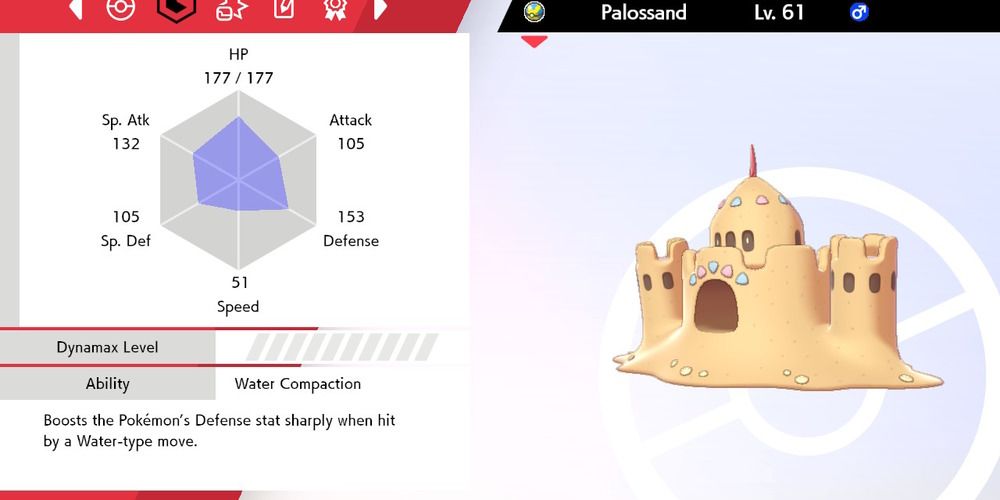
Part of what makes Sandygast and Palossand a little underwhelming are its abilities, though its signature ability does have some potential. Water Compaction, the aforementioned signature ability, will increase the Pokemon's defense by two stages when hit by a Water-type attack, similar to how Coalossal's signature ability Steam Engine works. Its hidden ability, Sand Veil, will increase its evasiveness during a Sandstorm which, while less useful, is also less likely to backfire.
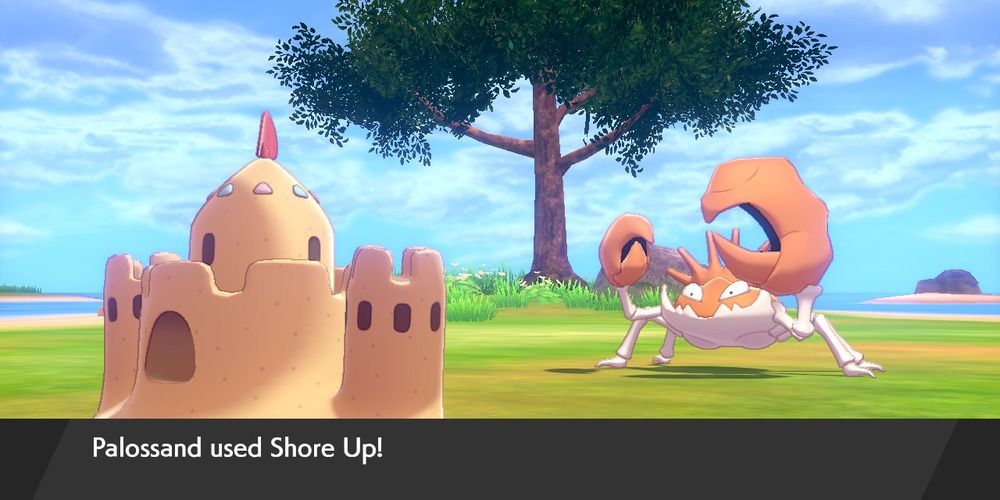
Despite being a pretty forgettable Pokemon, Sandygast does have the advantage of having a fairly powerful signature move in Shore Up. This move acts like Moonlight or Morning Sun, healing the Pokemon for up to 50% of its health while healing even more during the Sunny weather condition. Shore Up has the same mechanics, though it will instead heal more if the weather is a Sandstorm rather than Sunny. This is the only healing move in the game affected by Sandstorm and can only be learned by Sandygast's line.
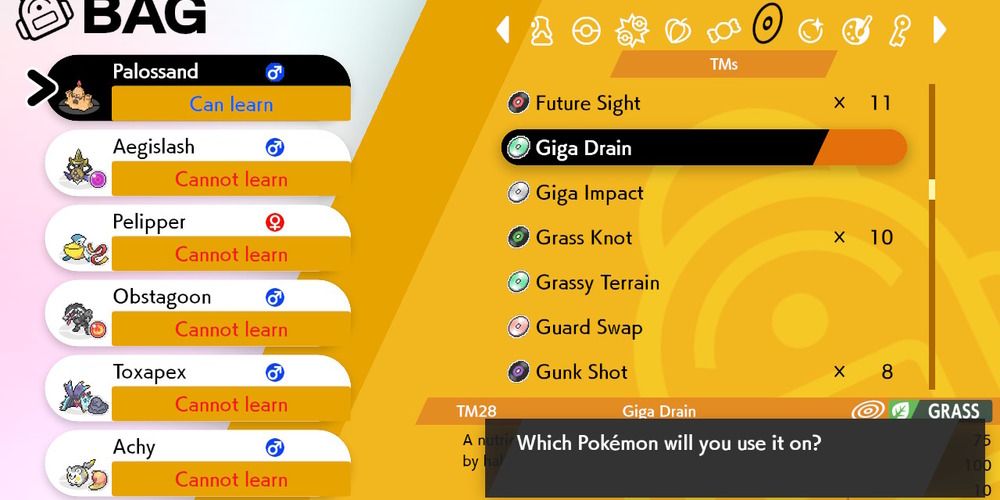
Despite sharing its typing with Runerigus and Golurk, Sandygast and Palossand have a fairly wide movepool that covers several of its weaknesses. The most notable moves in its arsenal are the Grass-type attacks that cover its Water-type weakness, specifically Giga Drain, which it learns at level 35 or with TM28, and Energy Ball, which it can learn via TR65. For other coverage moves, Palossand can also learn Psychic via TR11 and Brine via TM55, giving it a wide range of attacks alongside its natural Ghost and Ground-type affinity.
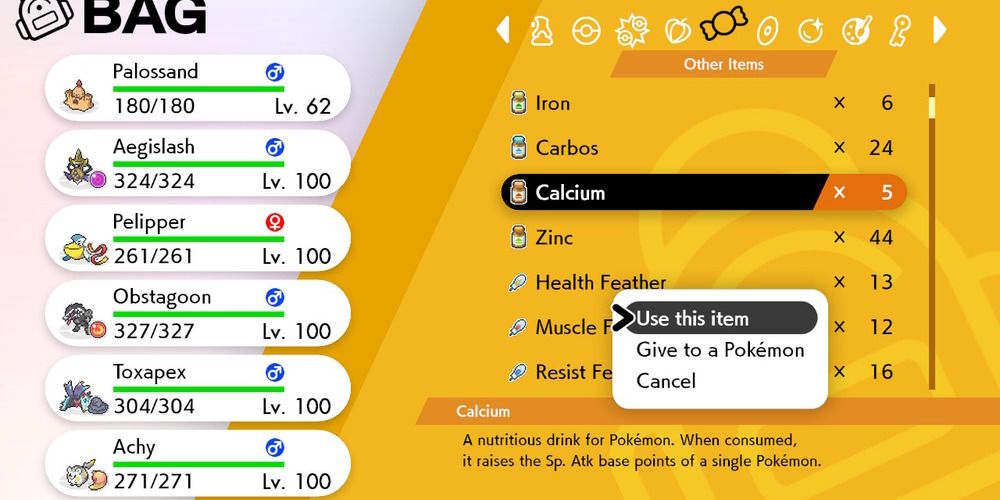
Palossand's best assets are its decent defenses, great Special Attack, and poor Speed. These elements combined make it a good Trick Room Pokemon, though it suffers as it is still faster than several common Trick Room Pokemon like Snorlax and Glastrier. However, this can be mitigated by capturing or breeding a Sandygast with a 0 Speed IV, ensuring that it is as slow as it can possibly be.
Related: Pokemon: 10 Things You Never Knew About Haunter
In terms of EV's the best approach is a max investment in Special Attack while spreading the remaining points between HP, Defense, and Special Defense, depending on which type of attacks the rest of the team needs resistances to.
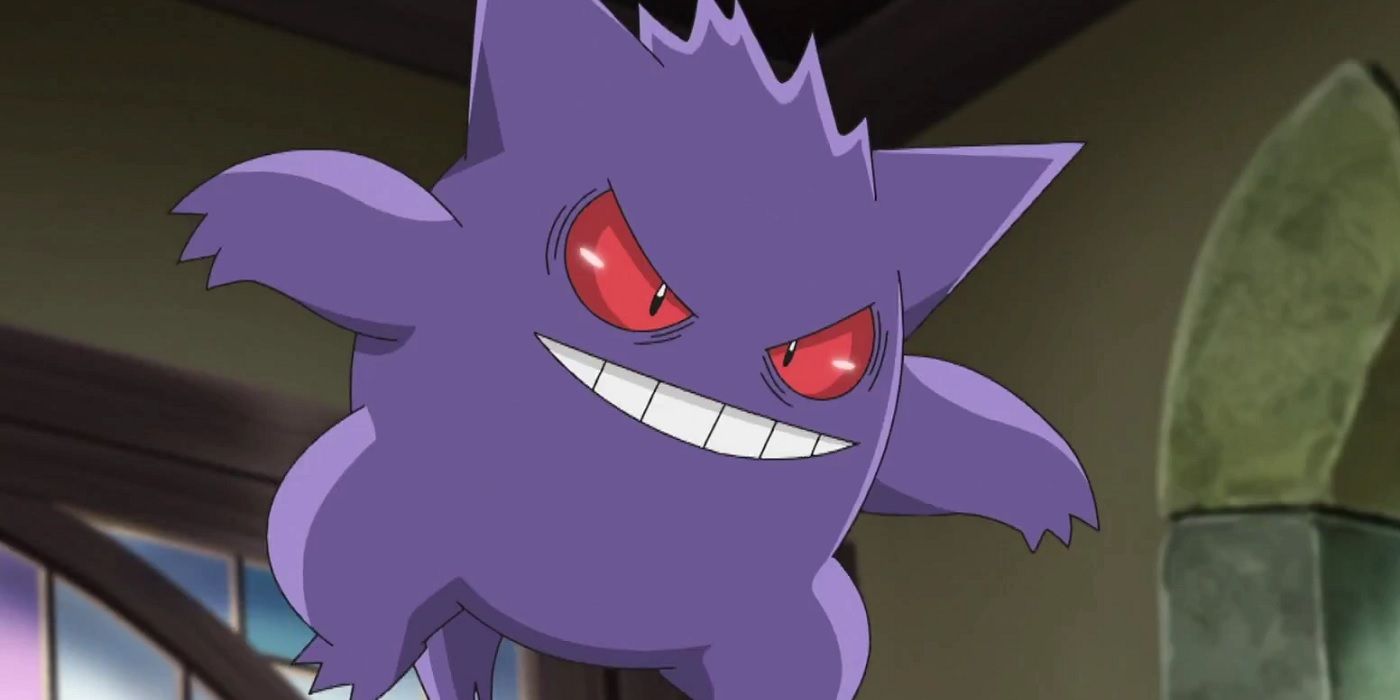
Like many other Ghost-type Pokemon, Sandygast is a part of the Amorphous egg group, putting it in the same group as Gengar, Gastrodon, Chandelure, and Rotom. This group allows it to learn Ancient Power through Gastrodon, Swallow, Spit Up and Stockpile through Driblim, and Curse and Destiny Bond through the Gengar line. The majority of these moves are fairly useful in battle, so it is worth trying to breed down some moves, especially the likes of Ancient Power and Destiny Bond.
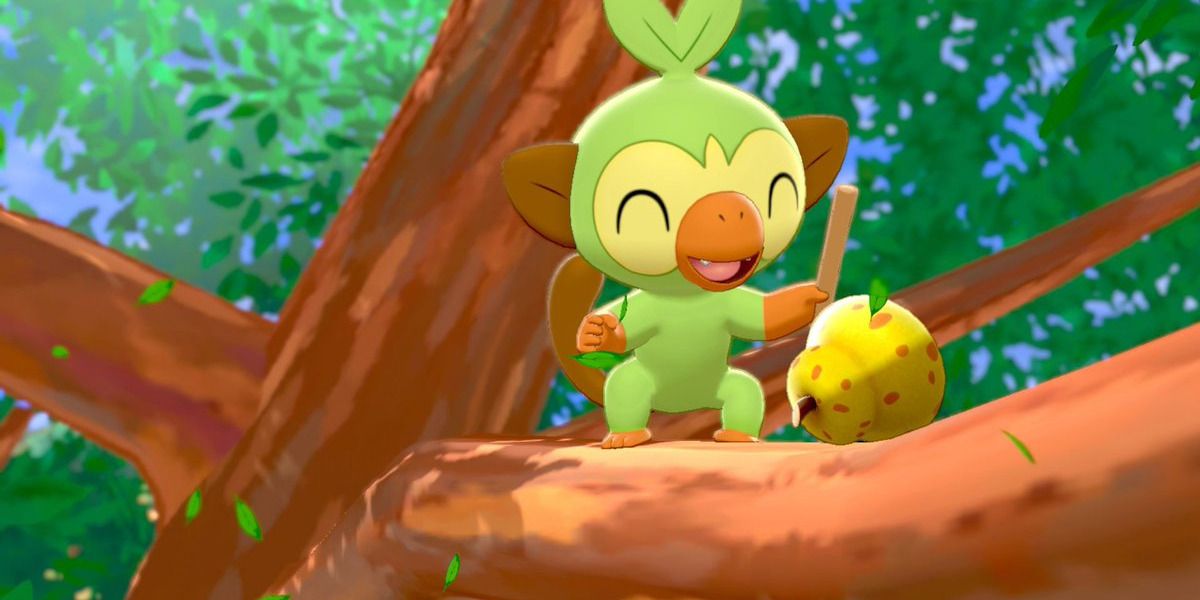
As a defensive Pokemon, Sandygast and Palossand benefit from having some form of healing during battle to ensure they can stay in battle for longer. While Shore Up can keep Palossand around for longer, it is less useful if the opposing team has powerful Grass or Water-type attacks. When combined with its Water Compaction ability, Weakness Policy may not be a bad option, as it increases the Pokemon's Attack and Special Attack by two stages when hit with a Super Effective move. Other decent options are Leftovers or Sitrus Berry to ensure its healing potential isn't limited by where it is placed in the turn priority.

Sandygast and Palossand may have the potential to be decent, defensive Trick Room sweepers, but this role is done better by many other Pokemon, including a Pokemon that shares many aspects with Palossand, Runerigus. That being said, it is still a good option if players want to try something different, though its best use seems to be in a team that can make use of its Water Compaction ability to increase its defense, even being a decent option on teams that also use Coalossal.
Next: Pokemon Sword & Shield: 10 Things You Didn't Know About Your Rival, Hop

